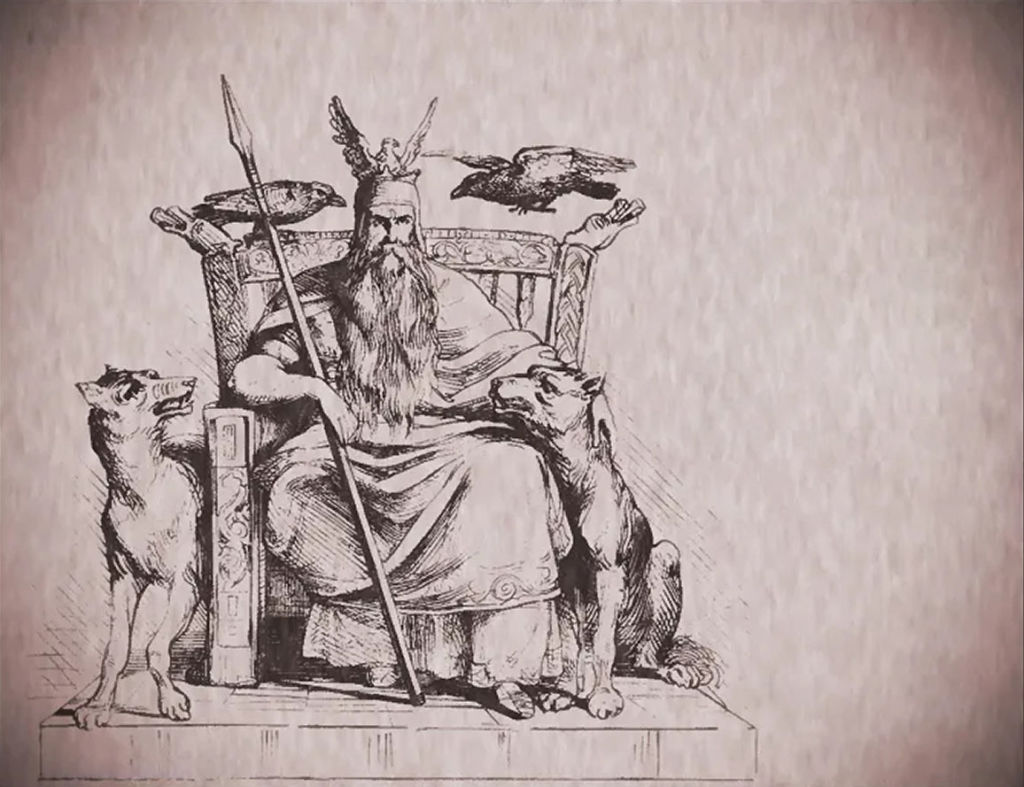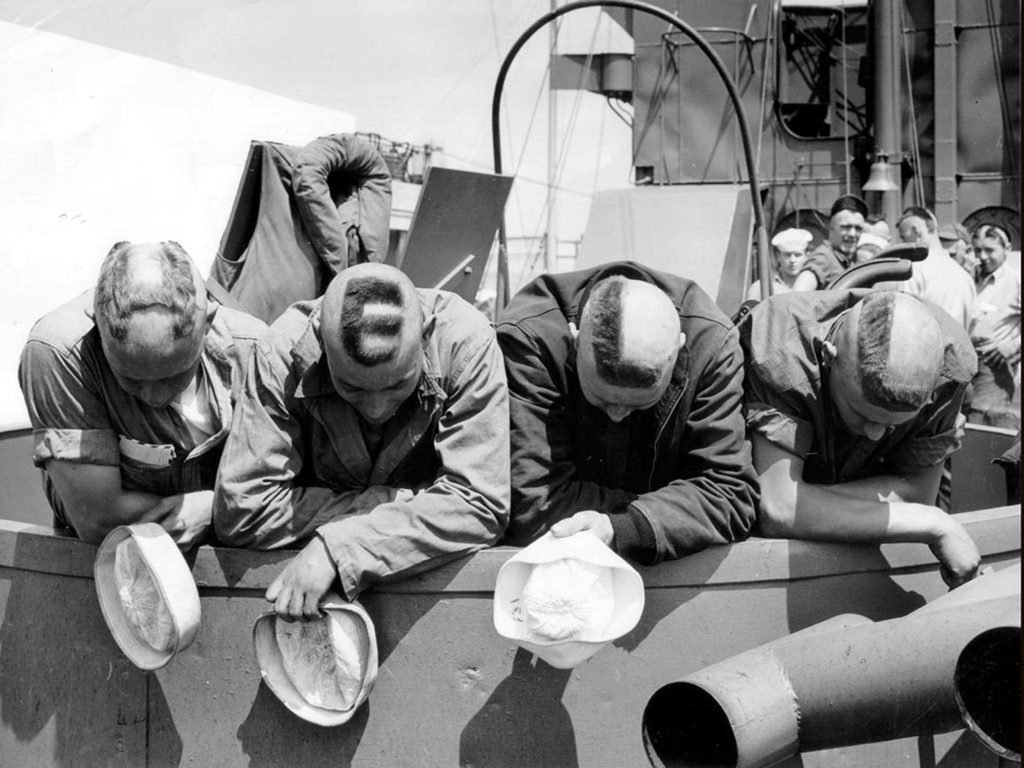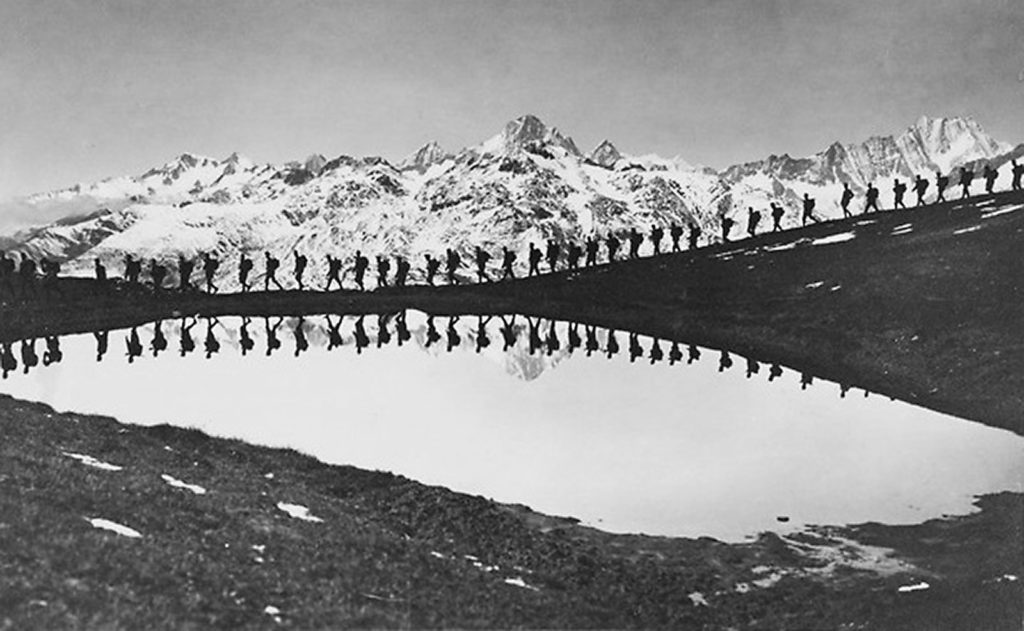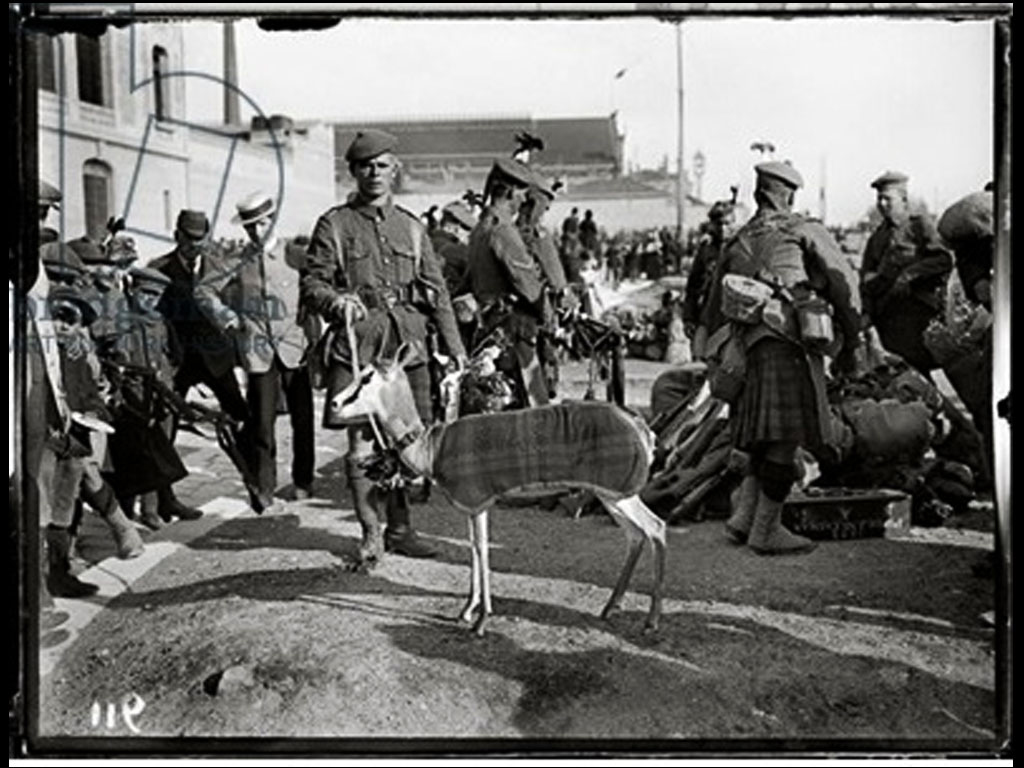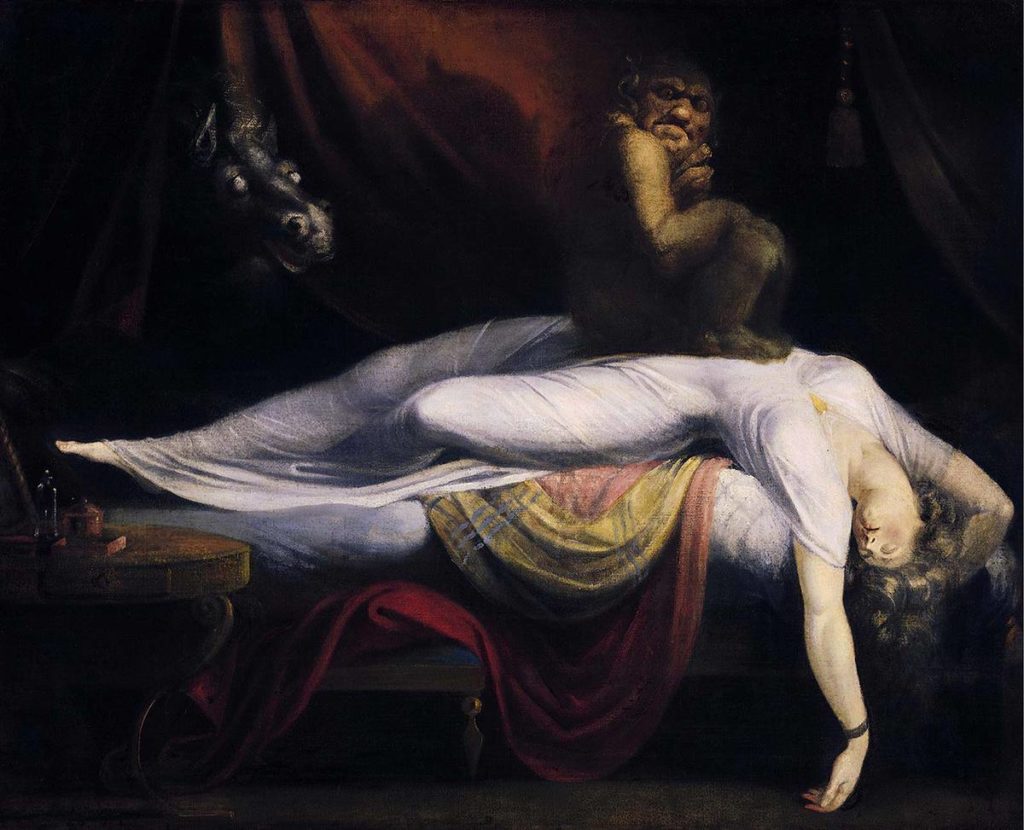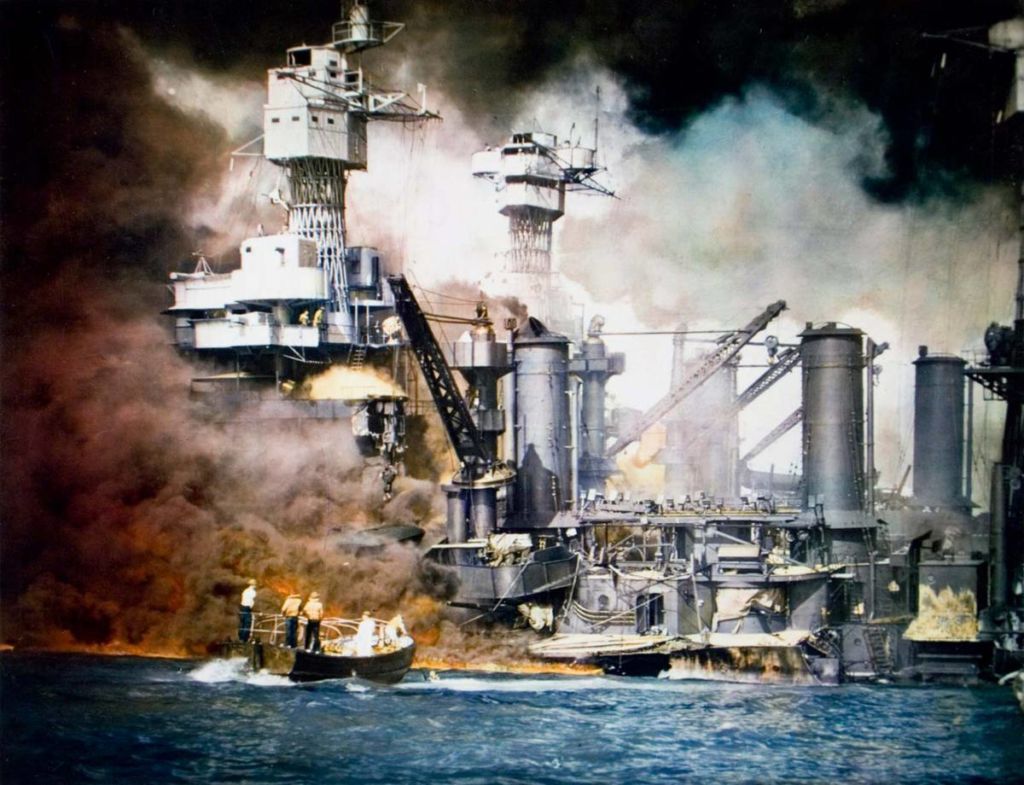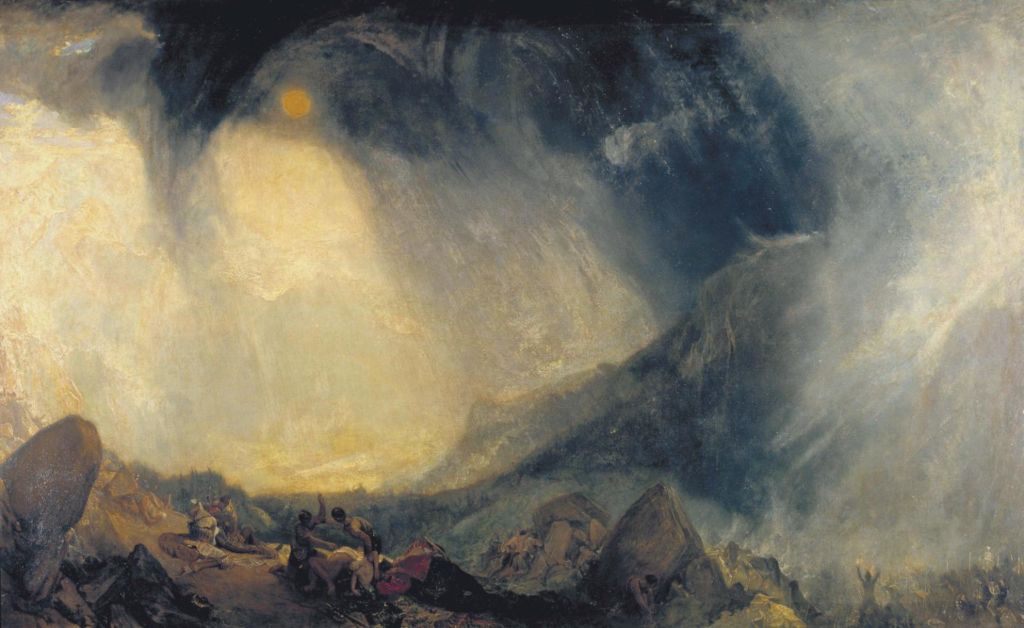Madrid, 14 July 1977. It has been almost two years since Francisco Franco died, after 36 years of fascist rule, and rests in his grandiose mausoleum in the Valle de los Caidos. One of the senior officers of his former administration, Adolfo Suarez, has just been elected head of the government. He is the first ruler democratically elected to head the Spanish state following the dictator. On this particular day, a group of socialist, communist as well as Basque and Catalan Members of Parliament presented to the Cortes, the newly reconstituted assembly, a historic bill, the “Pacto del Olvido” (Pact of Forgetting). As a complement to the amnesty law, aimed in the main at freeing all Spain’s political prisoners, whatever their background, the pact intended to offer the country a painful yet conscious transition in preference to the temptation of silence or a witch-hunt.
40 years later, Porta de la Moncloa, a few hundred metres from the Palace of the same name, the residence of the President of the Spanish Republic. Invited by Casa Velasquez, French artist Sylvain Couzinet-Jacques discovers the Arco de la Victoria which marks the northern boundary of the city and which tourist guides recommend visiting for its unmissable viewpoint to watch splendid sunsets. What the guides don’t mention, is that the victory this monument celebrates, improbable cross of Berlin’s Brandenburg Gate and the Arc de Triomphe in Paris, is that of the nationalist forces over the Republicans and the memory of the Battle of the University which partly destroyed the young Madrid institution in 1936. The spectacle the artist witnessed seems to have had a strange fascination on him which he re-constructs in a multi-screen video installation of almost 10 hours. Now surrounded by strips of motorway tarmac, isolated from the adjacent districts by the incessant flow of vehicles entering and leaving the city, looked down on by the Faro de Moncloa, a retro-futurist building reaching a height of 110 metres, erected in 1992 when Madrid was the European Capital of Culture, the Porta de Moncloa is an open-air squat. Shards of bottles, fragments of stone fallen from the façade, a squad of students at a loose end give the place a look of twilight which the surge of people for sunset does not completely explain.
One thinks of the English writer James Graham Ballard so much does this slice of urban dystopia seem directly drawn from his pages. The feeling is further reinforced by the climate of eroticism exuded by the images which Sylvain-Couzinet-Jacques has captured and reconstructs in a dialogue of polyptych screens and a slow-motion scrolling of an ambiguous aesthetic. Bodies rub together, hands are crossed, a belly is uncovered, lips part, expressing a possible ecstasy or exhaling the smoke of the ubiquitous joint. Under this flaming sky, silhouettes sway slowly with the appearance of an unfathomable ceremony. Ardent worship of the Caudillo? Lost souls come back to haunt one of the symbols of the Franco-ist dictatorship? (No less than 86 of them remain across the city.) If there is an answer, the common people of Porta de Moncloa seem the first to have forgotten it. For want of knowing who is haunting whom, as underlined by the artist himself, little by little one comes to understand, by certain recurrent signs, logos multiplied to infinity, hypnotic smartphones, that one enslavement has replaced another. From this misbegotten place, an urban enclave become a lawless zone, Sylvain Couzinet-Jacques has captured a year of – very slow – life, observed the protagonists each evening, always the same ones, adolescents like millions of others, who come to slum it in a quasi-tribal community, without their action ever having any political significance. The audio, a self-generating composition produced by the artist on an analogue synth, representing neither sound, nor noise, ends up maintaining the turmoil this piece exudes.
It is a singular echo of the polemic roused by the plan to exhume the dictator from the Valle de los Caidos and transfer his remains to a more discreet location in the centre of Madrid. The Pact of Forgetting, agreed four decades earlier, unfortunately has not been enough to sweep away the most terrible ambiguities – around Franco are buried in a mournful unity the dictatorship’s victims and their executioners – nor to chase the ghosts which hover over Spanish society, just like all the world’s democracies.
Cover: Sylvain Couzinet-Jacques, Sub Rosa, extract from video installation, 2019. © Sylvain Couzinet-Jacques


